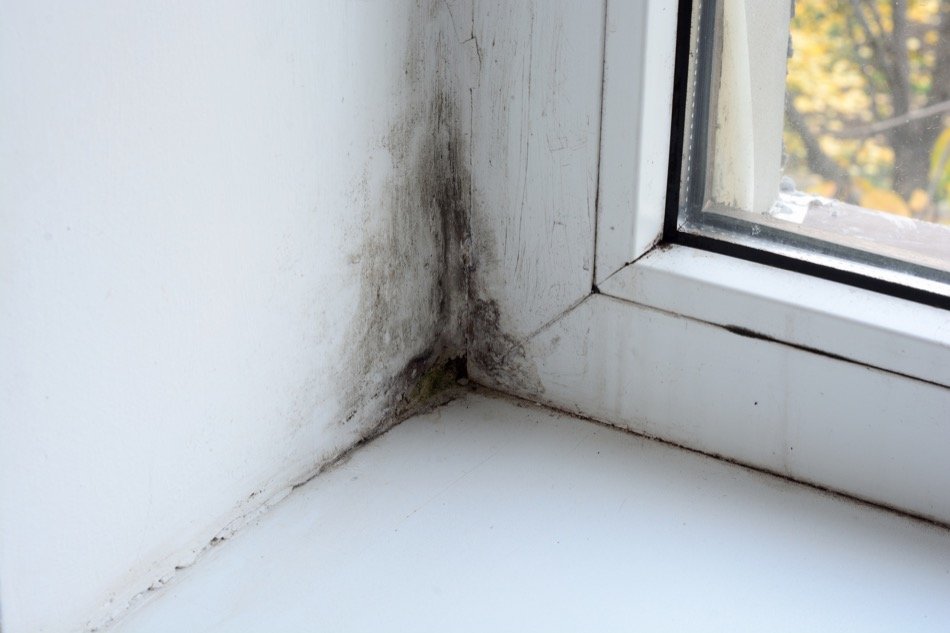Will a Mould Problem Lead to Health Issues?
Posted by Justin Havre on Tuesday, January 1st, 2019 at 12:23pm.
 Though most people enjoy their homes, there are some hazards that homeowners may need to deal with. The potential of mould in ones home is one of those potential hazards. How worried should Canadian homeowners be if they uncover a serious mould problem in their home? While not all forms of mold are toxic, the existence of a mould issue can possibly impact the health of occupants.
Though most people enjoy their homes, there are some hazards that homeowners may need to deal with. The potential of mould in ones home is one of those potential hazards. How worried should Canadian homeowners be if they uncover a serious mould problem in their home? While not all forms of mold are toxic, the existence of a mould issue can possibly impact the health of occupants.
Homeowners want to protect their family, and mould, which may be hard to detect and even more difficult to eliminate, can exacerbate existing health issues. It is important to address the issue early on to avoid the possibility of worsening heath issues in occupants.
Where Does Mould Commonly Form in the Home?
Mould can be found in parts of the home that have high moisture content. The bathroom and kitchen are common areas where mould can be found, because these rooms often have high humidity. Homeowners can reduce cases of mould by running vents whenever they use the room, and by increasing air circulation in these rooms.
Other places where mould may be found include the floors, walls and ceilings beneath parts of the home where there has been a leak. Homeowners who have troubles with leaks can find the mould by repairing the water damage.
Symptoms of Mould Growth in the Home
There are many types of mould that may grow in a home. Some may be visible and easy to find but even with those that are not, it is possible to detect the presence of one or more types of mould, as a musty odour becomes obvious. Canadian residents need to realize that when mould growth goes unaddressed, it has the potential to impact air quality and may lead to certain health conditions.
This causal relationship is noted by the Government of Canada, with residents living with mould or damp conditions at increased risk of developing:
- Eye, nose or throat irritation
- Accumulation of phlegm and coughing
- Shortness of breath
- An increase in asthma symptoms
- Allergic reactions
Different populations may be more vulnerable to developing health complications from mould growth than others. Individuals with existing health conditions, developing children and the elderly may be more susceptible to the negative influence of mould growth in a home. Research has indicated that children living in a home with mould were more likely than their peers to develop asthma, and this condition could start in children as young as 7 years old.
Severe lung infections have occurred with exposure to mould in those with weakened immune systems, such as individuals who are transplant recipients. Allergies related to mould spore inhalation include asthma and one form of sinusitis, but other irritating immune responses to mould and mould by-products are also known to happen. There are many great ways to improve your immune system but removing mould should be the first challenge to overcome.
How much mould is considered to be safe? Currently, no such levels have been established. This makes it important for homeowners to address signs of mould in a home when it develops to reduce potential health-related risks to occupants.
Addressing a Mould Problem
Canadian homeowners need professional assistance in eliminating a mould problem and preventing the reoccurrence of mould growth. EACO Mould Abatement Guidelines provides extensive information about mould removal to contractors, building owners and employees tasked with safely removing mould from residences and other structures. Licensed contractors and mould removal specialists should be aware of the latest guidelines and take the precautions needed to effectively remove mould in a building.
When to Call a Professional
Homeowners should be aware that it can be difficult and potentially dangerous to attempt to treat mould growth in a home on their own, especially when not following recommended guidelines. Homeowners need to know how to vacuum the area properly, what substances can be used on the mould, what clothing to wear and how to isolate an area being treated. Additional steps may be necessary to reduce the likelihood of mould developing again, such as repairing water leaks or using a dehumidifier in a residence.
When mould growth is extensive or becomes a reoccurring issue, it is best to work with a mould remediation specialist. They are knowledgeable about additional ways to remediate mould growth and may be able to pinpoint other issues in a home leading to the development of mould.
Having mould in your home is a potential hazard, though not one that cannot be dealt with. Understanding what mould is, and where to see and locate it, is a first step. And then, if found, a McKenzie Towne home owner can then address the problem.
